Home>Garden Essentials>What Is Light In Landscape Design
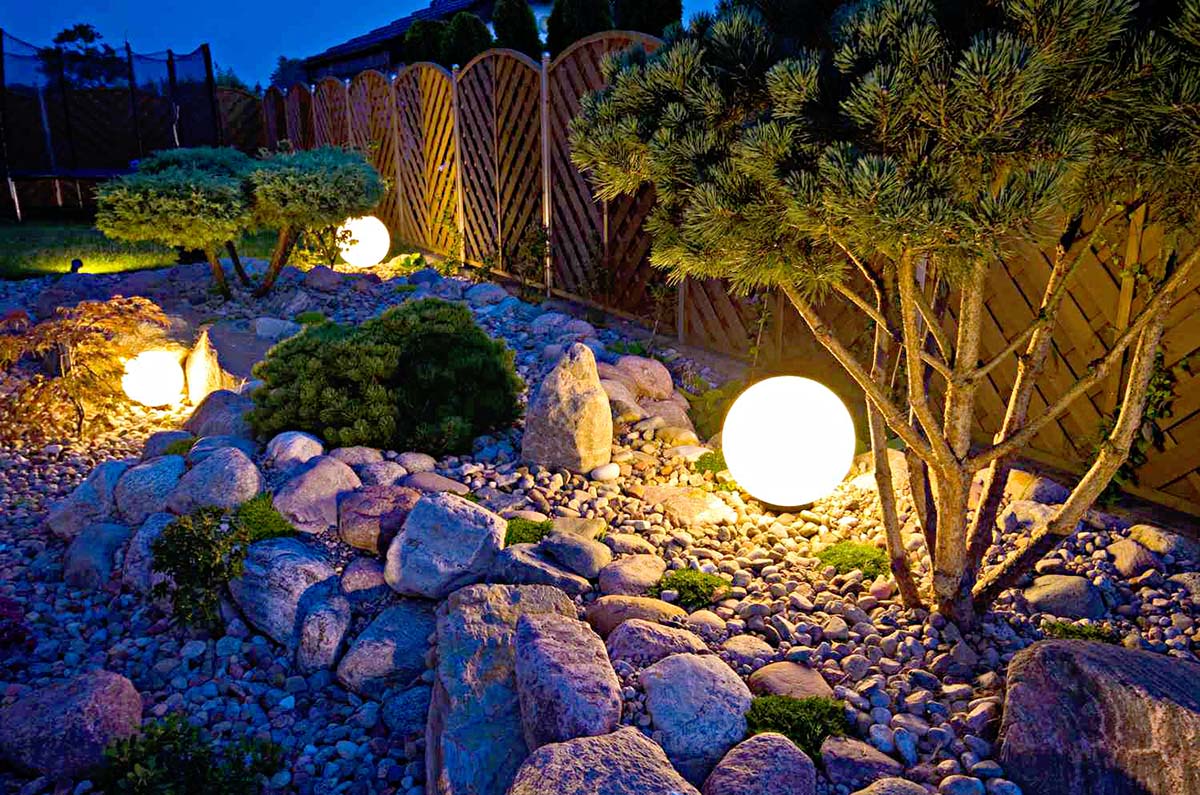

Garden Essentials
What Is Light In Landscape Design
Modified: September 1, 2024
Discover the importance of light in garden design. Enhance your landscape with strategic lighting techniques to create a stunning garden ambiance.
(Many of the links in this article redirect to a specific reviewed product. Your purchase of these products through affiliate links helps to generate commission for Storables.com, at no extra cost. Learn more)
Introduction
Welcome to the enchanting world of landscape design – a realm where nature meets artistry to create breathtaking outdoor spaces. When it comes to crafting a truly remarkable landscape, there are several key elements to consider, and one of the most crucial is lighting. Light plays a pivotal role in enhancing the beauty, functionality, and overall ambiance of any outdoor space. Whether it’s illuminating a garden pathway, highlighting architectural features, or creating a cozy atmosphere for outdoor gatherings, the strategic use of light can transform a garden into a magical oasis.
In this article, we will delve into the fascinating world of light in landscape design. We will explore the various types of lighting, discuss the effects that lighting can have on a landscape, and provide tips and techniques for using light effectively in your outdoor space. So, grab your gardening gloves and let’s dive in!
Key Takeaways:
- Light in landscape design enhances safety, ambiance, and visual interest. It extends outdoor usability and showcases plants, creating a captivating and inviting haven for all to enjoy.
- Understanding natural light patterns and using various artificial lighting types and effects can transform a garden into a magical oasis, adding depth, texture, and visual appeal.
The Role of Light in Landscape Design
Lighting plays a multifaceted role in landscape design, serving both functional and aesthetic purposes. Let’s explore some key aspects of the role of light in enhancing outdoor spaces.
- Enhancing Safety: Adequate lighting is crucial for ensuring the safety and security of your outdoor area. Illuminating paths, steps, and entrances helps to prevent accidents and ensures that your landscape can be enjoyed even after dusk.
- Creating Ambiance: The right lighting can set the mood and create a captivating ambiance in your outdoor space. Whether you want a cozy and intimate atmosphere or a vibrant and festive feel, lighting can help you achieve the desired effect.
- Highlighting Features: Lighting can draw attention to specific elements of your landscape, such as architectural structures, sculptures, or unique plantings. By strategically illuminating these focal points, you can create visual interest and draw the eye to the most captivating aspects of your garden.
- Extending Usability: With proper lighting, you can extend the usability of your outdoor space well into the evening hours. Whether it’s for entertaining guests, enjoying a quiet evening under the stars, or simply having a peaceful moment alone, well-placed lighting ensures that your outdoor area remains functional even after dark.
- Adding Depth and Texture: Light can be used to create depth and add texture to your landscape design. By casting shadows and highlighting different surfaces and layers, you can create a visually dynamic and engaging outdoor space.
- Showcasing Plants: Lighting can be a powerful tool for showcasing your plants and gardens. By illuminating certain plants or flowerbeds, you can accentuate their beauty and create an enchanting display that can be enjoyed day and night.
These are just some of the ways in which lighting plays a vital role in landscape design. The strategic use of light can truly elevate your outdoor space, transforming it into a captivating and inviting haven.
Understanding Natural Light in Landscape Design
When it comes to lighting in landscape design, natural light is the foundation upon which all other lighting elements are built. Understanding how natural light interacts with your outdoor space is crucial for creating a harmonious and visually appealing landscape. Let’s explore the important aspects of natural light in landscape design.
1. Sunlight Patterns: Understanding the patterns of sunlight in your garden is essential for making informed decisions about plant placement and selecting the appropriate lighting fixtures. Observe how sunlight moves across your outdoor space throughout the day and take note of areas that receive direct sunlight, partial shade, or full shade. This knowledge will guide you in choosing plants that thrive in different light conditions and help you determine where additional artificial lighting may be needed.
2. Color Temperature: Natural light changes throughout the day, with varying color temperatures. The warm, golden light during sunrise and sunset creates a cozy and inviting atmosphere, while the cooler, bluish light during midday provides a bright and energetic ambiance. Consider the color temperature of natural light when selecting lighting fixtures to ensure they complement the existing lighting conditions and create a cohesive and harmonious overall effect.
3. Direction and Intensity: Pay attention to the direction and intensity of sunlight in your outdoor space. Different plants have varying light requirements, with some needing direct sun exposure, while others thrive in more shaded areas. Understanding which parts of your garden receive the strongest sunlight and which areas remain in shadow will help you select plants that will flourish in each specific location.
4. Seasonal Changes: Natural light also varies throughout the seasons, with the angle and intensity of the sun changing. Take note of how the sun’s position changes from summer to winter, and consider how this will affect the lighting conditions in your garden. For example, you may need to adjust the placement of lighting fixtures or add additional lighting during the winter months when daylight hours are shorter.
By understanding the nuances of natural light in your landscape, you can make informed decisions about plant selection, lighting placement, and the overall design of your outdoor space. Harnessing the beauty and versatility of natural light will create a visually stunning and harmonious environment that celebrates the ever-changing wonders of nature.
Types of Artificial Lighting in Landscape Design
While natural light sets the foundation for a well-designed landscape, artificial lighting is the key to creating a magical atmosphere after the sun goes down. Here are some common types of artificial lighting used in landscape design:
- Path Lighting: Path lights are an essential component of any landscape lighting design. These fixtures are installed along walkways, driveways, and garden paths to provide illumination and ensure safe navigation at night. Path lights come in various styles, including lanterns, bollards, and stake lights, allowing you to choose a design that complements your overall aesthetic.
- Spotlights: Spotlights are versatile lighting fixtures used to highlight specific features in your landscape, such as trees, shrubs, or architectural elements. By directing a focused beam of light, spotlights draw attention to these focal points and create a dramatic effect. Adjustable spotlights give you the flexibility to change the angle and intensity of the light to suit your desired effect.
- Floodlights: Floodlights are designed to provide broad and powerful illumination over a large area. These fixtures are ideal for lighting up expansive gardens, outdoor entertaining areas, or decorative facades. Floodlights are available in different wattages and beam spreads, allowing you to customize the lighting to suit your specific needs.
- Deck and Step Lighting: If you have a deck, patio, or outdoor staircase, deck and step lighting can add both functionality and aesthetic appeal. These fixtures are designed to be discreet and installed directly into the surfaces of your outdoor structures. They help to define the edges of steps and provide subtle lighting to enhance safety and create an inviting atmosphere.
- Up Lighting: Up lighting involves strategically placing fixtures at ground level to cast light upwards, illuminating trees, sculptures, or architectural features from below. This technique creates a captivating effect, adding depth and drama to your landscape. Up lighting can be achieved using well lights or inground fixtures hidden in the ground.
- String Lights: String lights add a touch of whimsy and charm to any outdoor space. These versatile fixtures can be draped across trees, wrapped around pergolas, or suspended overhead to create a warm and inviting atmosphere. String lights are available in various lengths and bulb styles, allowing you to create a magical ambiance tailored to your personal style.
These are just a few examples of the types of artificial lighting commonly used in landscape design. The key is to combine different lighting techniques and fixtures to create a balanced and visually appealing lighting scheme that complements your overall design vision.
Effects of Lighting in Landscape Design
Lighting in landscape design has a profound impact on the overall look and feel of your outdoor space. By leveraging the right lighting techniques and fixtures, you can create various effects that enhance the beauty and ambiance of your landscape. Let’s explore some effects of lighting in landscape design:
- Highlighting: Lighting can be used to draw attention to specific elements in your landscape, such as architectural features, sculptures, or water features. By strategically placing spotlights or uplights, you can create focal points and add a sense of drama and visual interest.
- Depth and Texture: The interplay of light and shadow can create depth and add texture to your outdoor space. Lighting fixtures placed at different angles can cast interesting shadows on plantings, walls, or pathways, adding an extra layer of visual appeal to your landscape design.
- Contrast: Lighting allows you to create contrast by illuminating certain areas while leaving others in semi-darkness or silhouettes. This contrast can make your landscape more captivating and visually dynamic, especially when different light intensities are used strategically.
- Mood and Atmosphere: The color temperature and intensity of lighting can greatly impact the mood and atmosphere of your outdoor space. Warm, soft lighting creates a cozy and intimate ambiance, perfect for a romantic garden dinner, while bright, cool lighting sets a lively and energetic tone, ideal for outdoor parties or gatherings.
- Safety and Security: Adequate lighting is essential for ensuring the safety and security of your outdoor area. Illuminating pathways, entrances, and dark corners deters intruders and prevents accidents. Motion sensor lights can provide an added layer of security, automatically turning on when someone approaches your property.
- Extended Use: With proper lighting, you can extend the usable hours of your outdoor space well into the evening. Whether it’s for relaxation, entertaining guests, or enjoying a quiet night stargazing, well-placed lighting allows you to make the most of your landscape design even after the sun sets.
By understanding the effects that lighting can have on your landscape, you can strategically use light to create a visually stunning, safe, and inviting outdoor environment. Experiment with different lighting techniques and fixtures to achieve the desired effects and transform your garden into a captivating oasis.
Consider using a variety of light sources in your landscape design, such as pathway lights, uplights, and downlights, to create depth and visual interest in your outdoor space.
Read more: How To Design A Low-Maintenance Landscape
Techniques for Using Light in Landscape Design
Using light effectively in landscape design requires a thoughtful and strategic approach. Here are some techniques to consider when incorporating light into your outdoor space:
- Layering: Just like interior design, layering lighting in your landscape adds depth and dimension. Use a combination of ambient, task, and accent lighting to create layers of light that highlight different elements in your garden. For example, combine path lights with uplights to illuminate pathways and trees, while adding a soft glow with string lights wrapped around a pergola.
- Highlight Focal Points: Identify the key focal points in your landscape, such as a beautiful tree, a water feature, or an architectural element. Use spotlights or uplights to draw attention to these focal points and create a captivating visual display. Experiment with different angles and intensities to achieve the desired effect.
- Create Silhouettes: Silhouetting is a technique that involves placing a light fixture in front of an object or plant to create a backlit silhouette effect. This adds drama and visual interest to your landscape, especially when highlighting unique shapes or distinctive plantings. Experiment with different sizes and intensities of fixtures to achieve the desired silhouette effect.
- Use Color Effects: Explore the use of colored lights to create unique and eye-catching effects in your landscape. Colored lights can be used to complement the color scheme of your plants or to create a specific mood. For instance, blue lights can create a calm and serene atmosphere, while red lights can evoke a sense of warmth and energy.
- Light Pathways: Illuminate pathways throughout your garden to ensure safe navigation and create a captivating visual element. Use path lights or recessed deck lighting to define the path and guide visitors through your landscape. Consider spacing the lights evenly and using warm-colored bulbs for a soft and inviting glow.
- Consider the Moonlight Effect: The soft and subtle glow of moonlight can create a magical and ethereal ambiance in your garden. To achieve the moonlight effect, position lighting fixtures high up in trees or on tall structures, angling them downward to cast a gentle and diffused light across your landscape. This technique works particularly well in outdoor seating areas or near water features.
Remember, experimenting with different lighting techniques is key to finding the perfect balance in your landscape design. Take into consideration the size and shape of your outdoor space, the architectural features, and the existing vegetation. By incorporating a variety of techniques, you can create a captivating and visually stunning outdoor environment that will be a source of joy and relaxation for years to come.
Considerations for Lighting Fixtures in Landscape Design
Choosing the right lighting fixtures is crucial for achieving the desired effects in your landscape design. Here are some important considerations to keep in mind when selecting lighting fixtures for your outdoor space:
- Quality and Durability: Opt for high-quality lighting fixtures that are specifically designed for outdoor use. Outdoor fixtures need to withstand various weather conditions, including rain, snow, and extreme temperatures. Look for fixtures with a durable construction and materials that can withstand the elements for long-lasting performance.
- Style and Aesthetics: Consider the overall style and aesthetics of your landscape when choosing lighting fixtures. Select fixtures that complement the architectural style of your home and the theme of your outdoor space. From sleek and modern designs to more traditional or rustic options, there is a wide range of lighting styles available to suit your personal taste and the overall design vision.
- Lighting Effects: Different lighting fixtures produce different lighting effects. Consider the desired effects you want to achieve in your landscape design and choose fixtures accordingly. For instance, if you want to create a soft and diffused glow, consider fixtures with frosted or textured glass. If you want to create focused beams of light to highlight specific features, look for fixtures with adjustable heads or lenses.
- Energy Efficiency: As sustainability and energy efficiency become increasingly important, consider choosing LED lighting fixtures for your landscape. LED lights are known for their energy efficiency, long lifespan, and low maintenance requirements. They are also available in a variety of brightness levels and color temperatures, allowing you to create the desired lighting ambiance in your outdoor space.
- Installation and Wiring: Consider the installation process and wiring requirements of the lighting fixtures you choose. Some fixtures may require professional installation or additional wiring, while others are designed for easy DIY installation. Plan the placement of fixtures carefully to ensure proper spacing and optimal lighting coverage throughout your landscape.
- Integration with Landscape Features: Take into account how the lighting fixtures will integrate with existing landscape features. For example, consider how fixtures will blend in with your plants, trees, or hardscape elements. Choose fixtures that complement the surrounding environment and enhance the overall aesthetics of your outdoor space.
- Accessibility and Maintenance: Accessibility and maintenance are important factors to consider when selecting lighting fixtures. Choose fixtures that are easily accessible for bulb changes and routine maintenance. Consider fixtures with weather-sealed compartments or built-in features that simplify maintenance tasks.
By considering these factors and taking the time to choose the right lighting fixtures, you can ensure that your landscape design is beautifully enhanced and illuminated. Remember to always prioritize safety, quality, and style when making your lighting fixture selections.
Maintenance and Safety of Lighting in Landscape Design
Maintenance and safety are two critical aspects to consider when it comes to lighting in landscape design. Implementing proper maintenance practices and ensuring the safety of your lighting fixtures will help preserve their functionality and longevity. Here are some key considerations:
- Cleaning and Inspection: Regularly clean your lighting fixtures to remove dirt, debris, and any accumulated grime. Use a soft cloth and mild cleaning solution to gently wipe down the fixtures. Inspect them for any signs of damage, such as broken glass or loose wiring, and address any issues promptly.
- Bulb Replacement: Check and replace bulbs as needed to maintain proper illumination. Ensure you are using the correct type and wattage of bulbs recommended by the manufacturer. Follow safety precautions when handling bulbs, such as turning off the power supply and allowing bulbs to cool before removing them.
- Trimming and Pruning: Regularly trim and prune plants near lighting fixtures to prevent foliage from blocking the light or coming into contact with hot fixtures. This will help maintain optimal light distribution and reduce the risk of fire hazards or damage to the plants.
- Weatherproofing: Ensure that all electrical connections, wires, and cables are weatherproofed and protected. Use outdoor-rated extension cords and waterproof junction boxes. Consider using timers or smart lighting systems to automatically control the operation of your lights and conserve energy.
- Professional Assistance: For complex lighting systems or if you are uncertain about proper installation and maintenance, seek the help of a professional. They can ensure that your lighting fixtures are correctly installed, perform routine maintenance, and address any electrical concerns safely.
- Water Feature Safety: If you have lighting fixtures near water features, such as ponds or fountains, make sure to use fixtures rated for wet locations. Follow electrical codes and regulations to ensure the safety of your lighting system around water sources.
- Pathway and Step Lighting: Pay extra attention to pathway and step lighting, as these fixtures play a crucial role in ensuring safety and prevent accidents. Regularly check the stability and positioning of these fixtures to ensure they are securely installed and providing adequate visibility.
- Lighting Accessibility: Consider the accessibility of your lighting fixtures when it comes to maintenance and replacement. Ensure that fixtures are easily accessible for routine tasks such as bulb replacement or cleaning. Install lighting fixtures in locations that can be reached safely without the need for ladders or unstable surfaces.
Prioritizing maintenance and safety is essential for a well-functioning and long-lasting lighting system in your landscape design. By implementing these practices and addressing any issues promptly, you can create a beautiful and safe outdoor space that can be enjoyed for years to come.
Conclusion
Lighting is a crucial element in landscape design, transforming outdoor spaces into enchanting havens that can be enjoyed day and night. By understanding the role of light, harnessing natural light, and incorporating various types of artificial lighting, you can create captivating effects and enhance the beauty and functionality of your landscape.
From creating ambiance and highlighting focal points to adding depth and texture, lighting has a profound impact on the overall look and feel of your outdoor space. With techniques like layering, highlighting, and creating silhouettes, you can achieve stunning visual effects that bring your landscape design to life.
When selecting lighting fixtures, consider factors such as quality, style, energy efficiency, and integration with your landscape features. Pay attention to maintenance and safety, regularly inspecting and cleaning your fixtures, replacing bulbs, and addressing any issues promptly. By prioritizing maintenance and investing in safe and weatherproof lighting systems, you can ensure the longevity and functionality of your landscape lighting design.
Ultimately, landscape lighting adds a touch of magic and extends the usability of your outdoor space. From creating a cozy and intimate atmosphere for evening gatherings to providing safety and security, lighting enhances every aspect of your landscape design.
So, let your landscape shine and create an outdoor oasis that dazzles day and night. Embrace the power of light, unleash your creativity, and transform your garden into a mesmerizing wonderland for all to enjoy!
Frequently Asked Questions about What Is Light In Landscape Design
Was this page helpful?
At Storables.com, we guarantee accurate and reliable information. Our content, validated by Expert Board Contributors, is crafted following stringent Editorial Policies. We're committed to providing you with well-researched, expert-backed insights for all your informational needs.
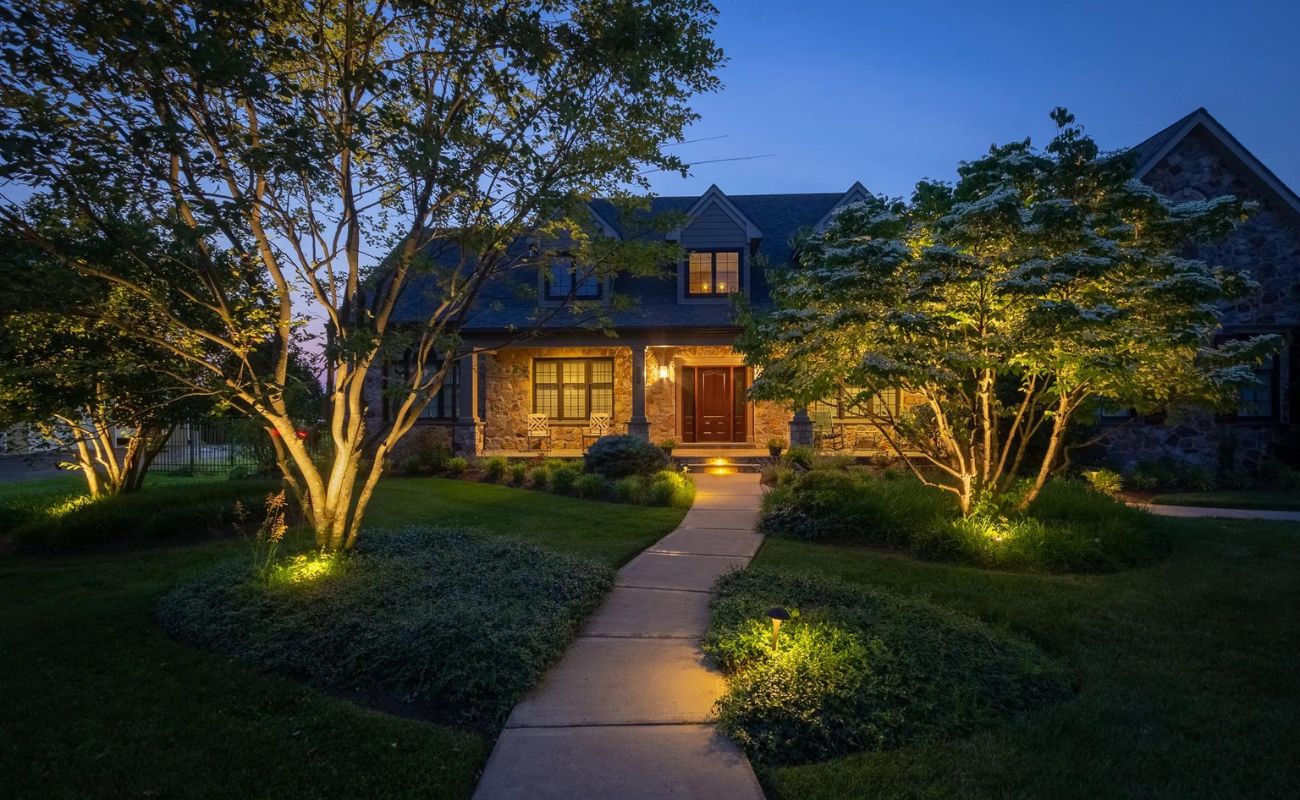
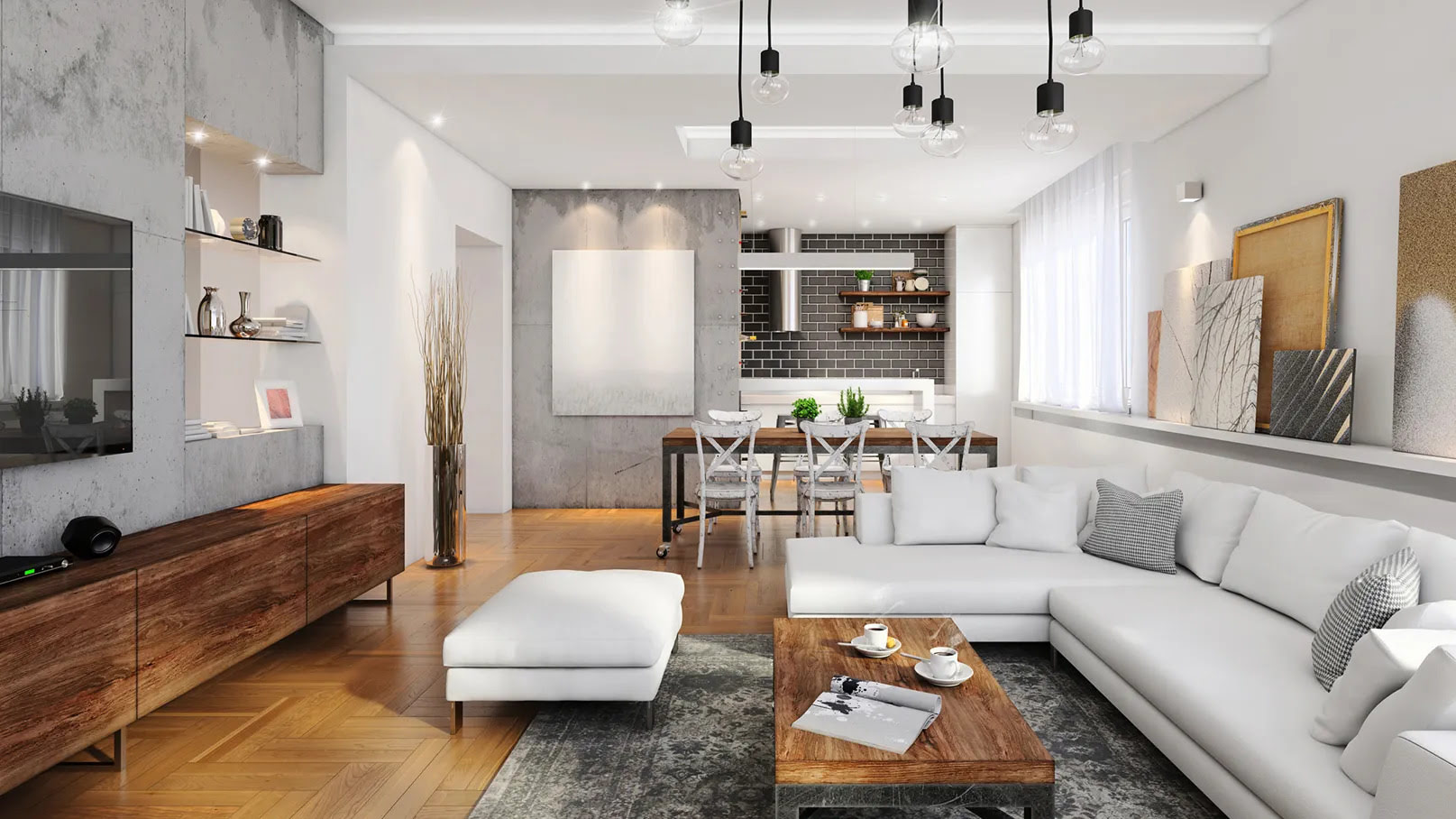


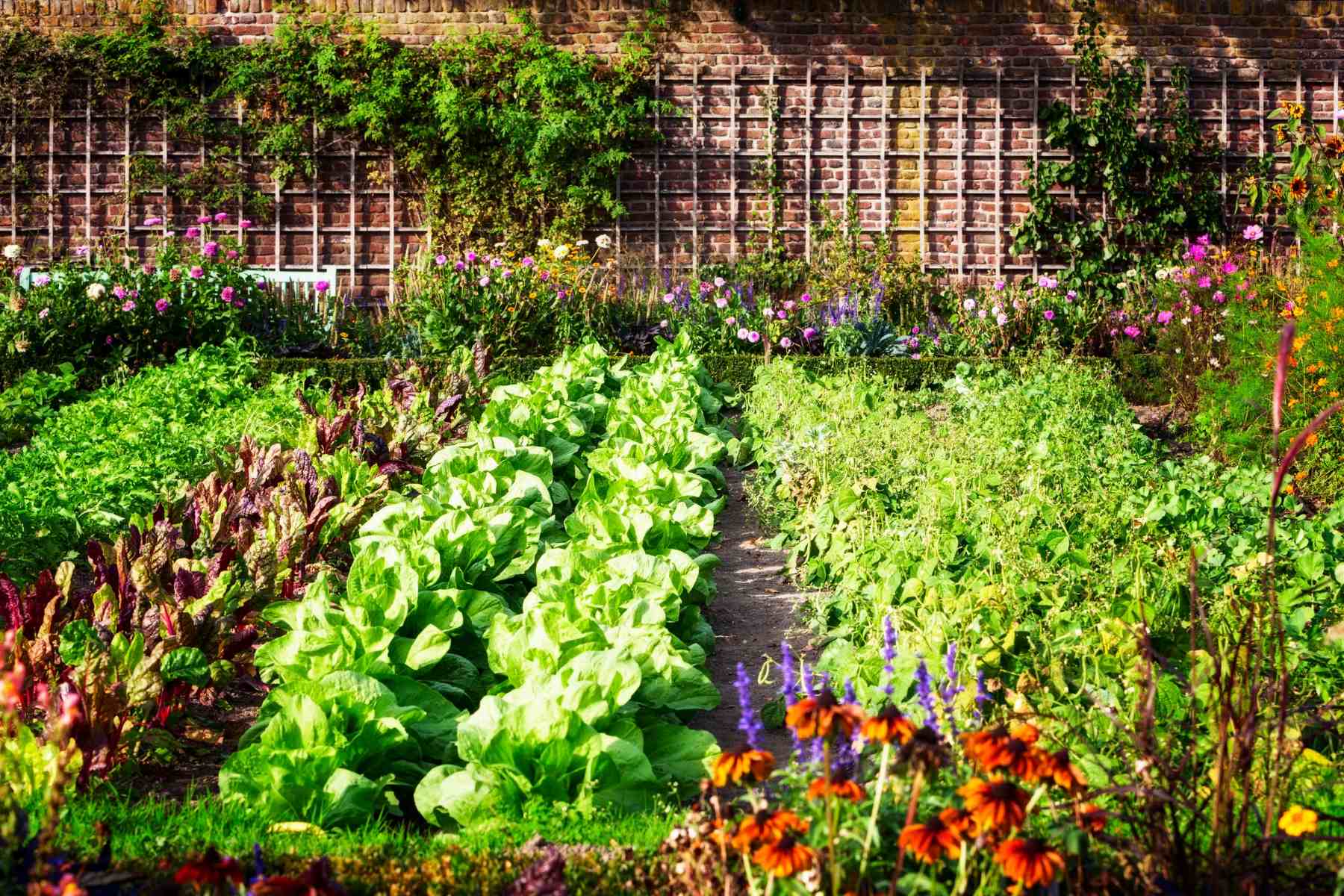

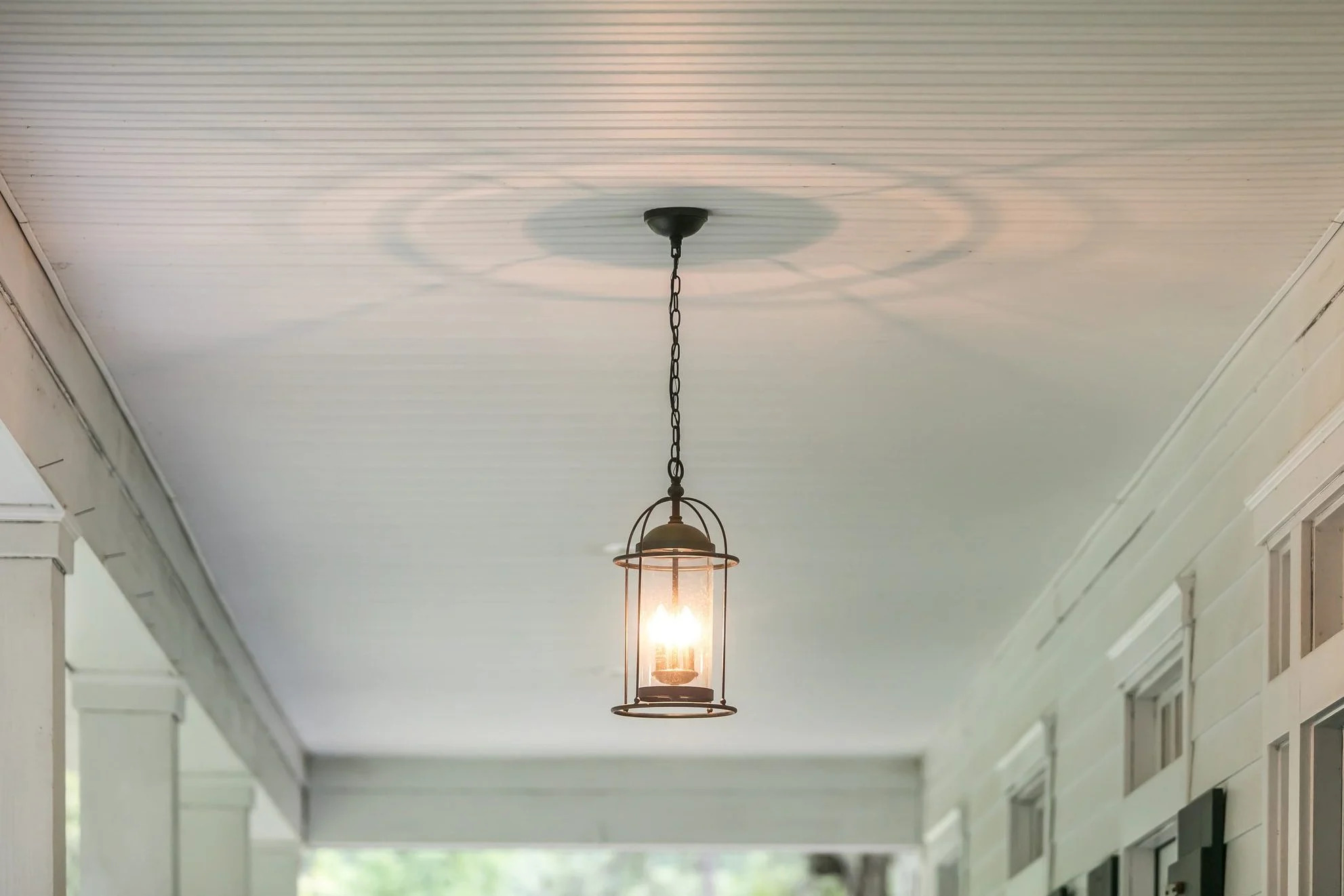
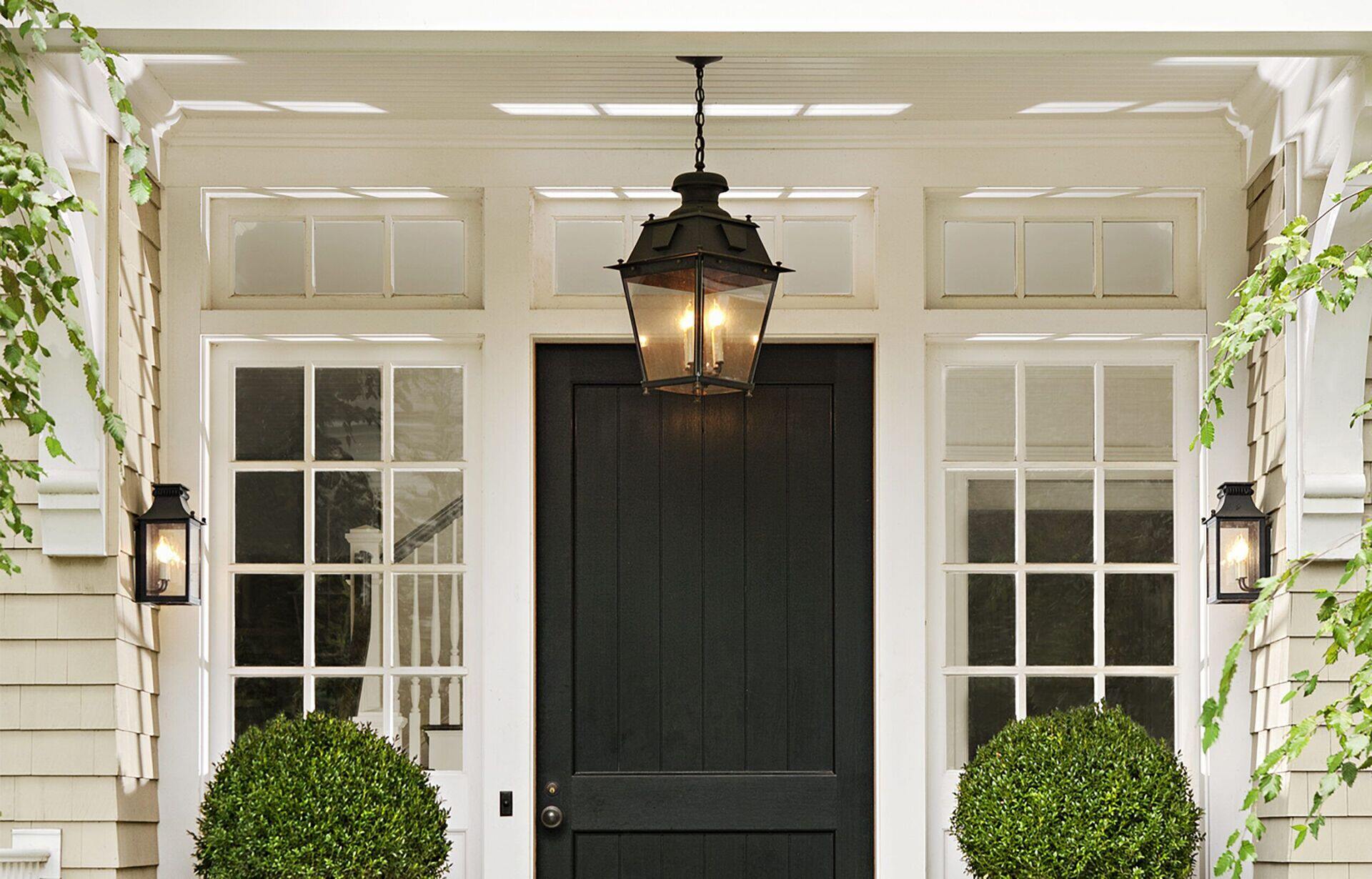
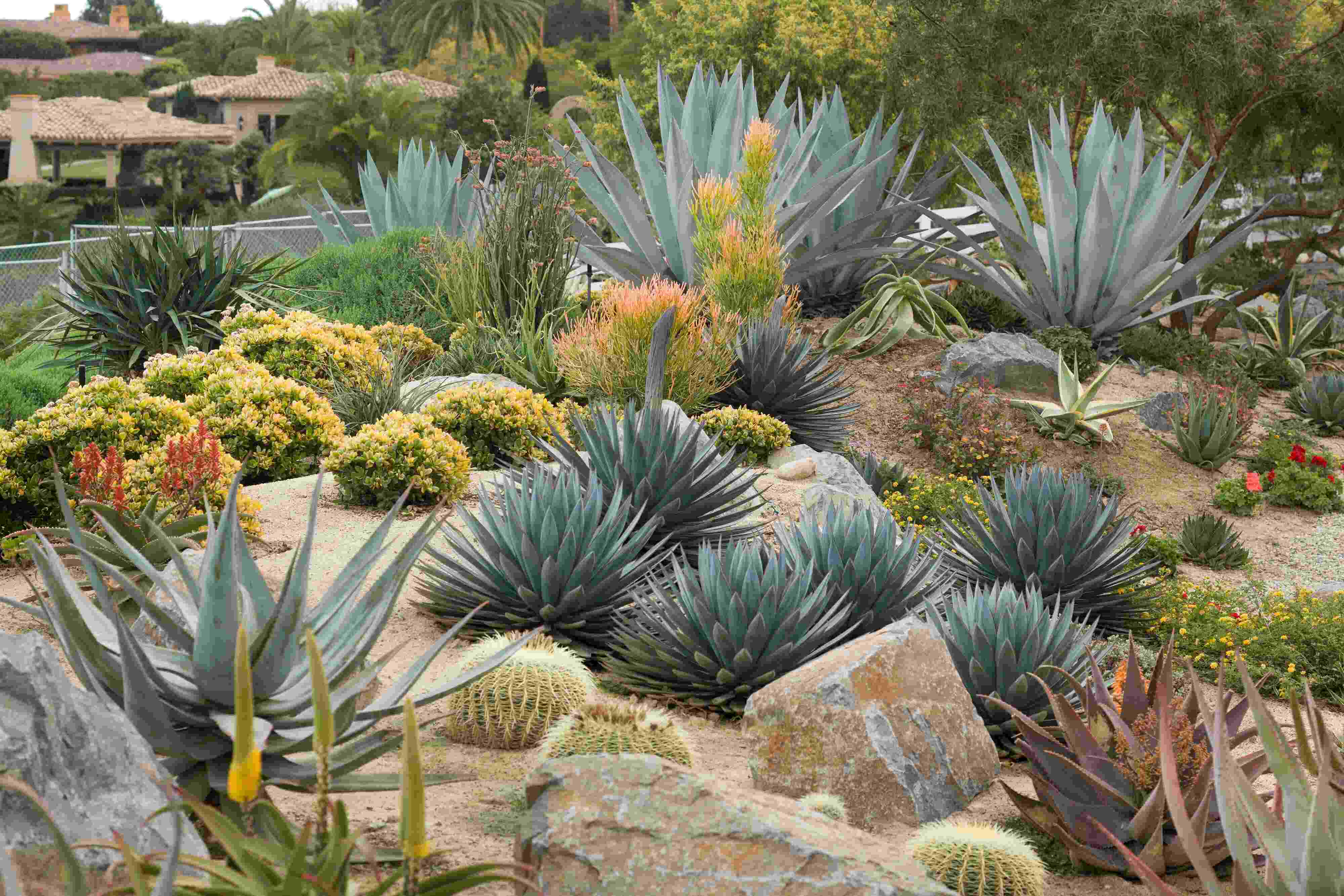
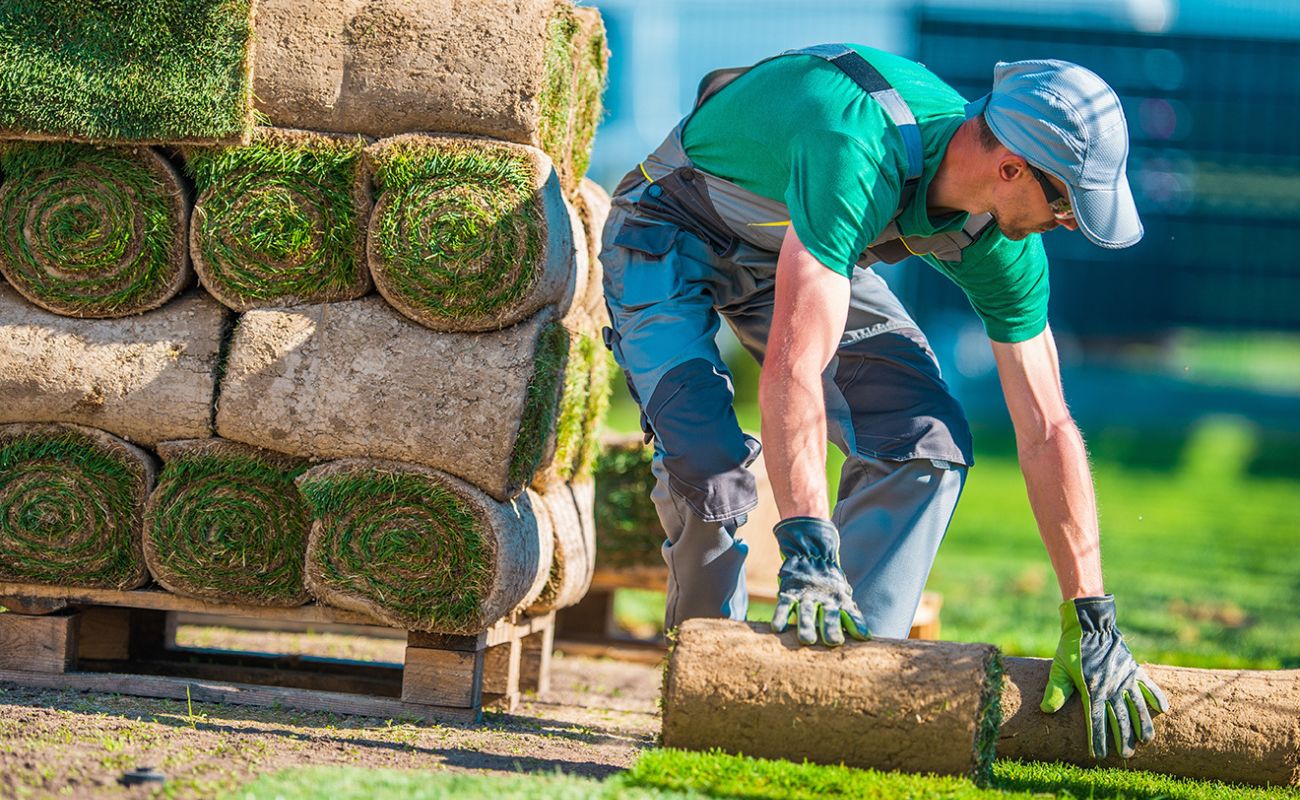
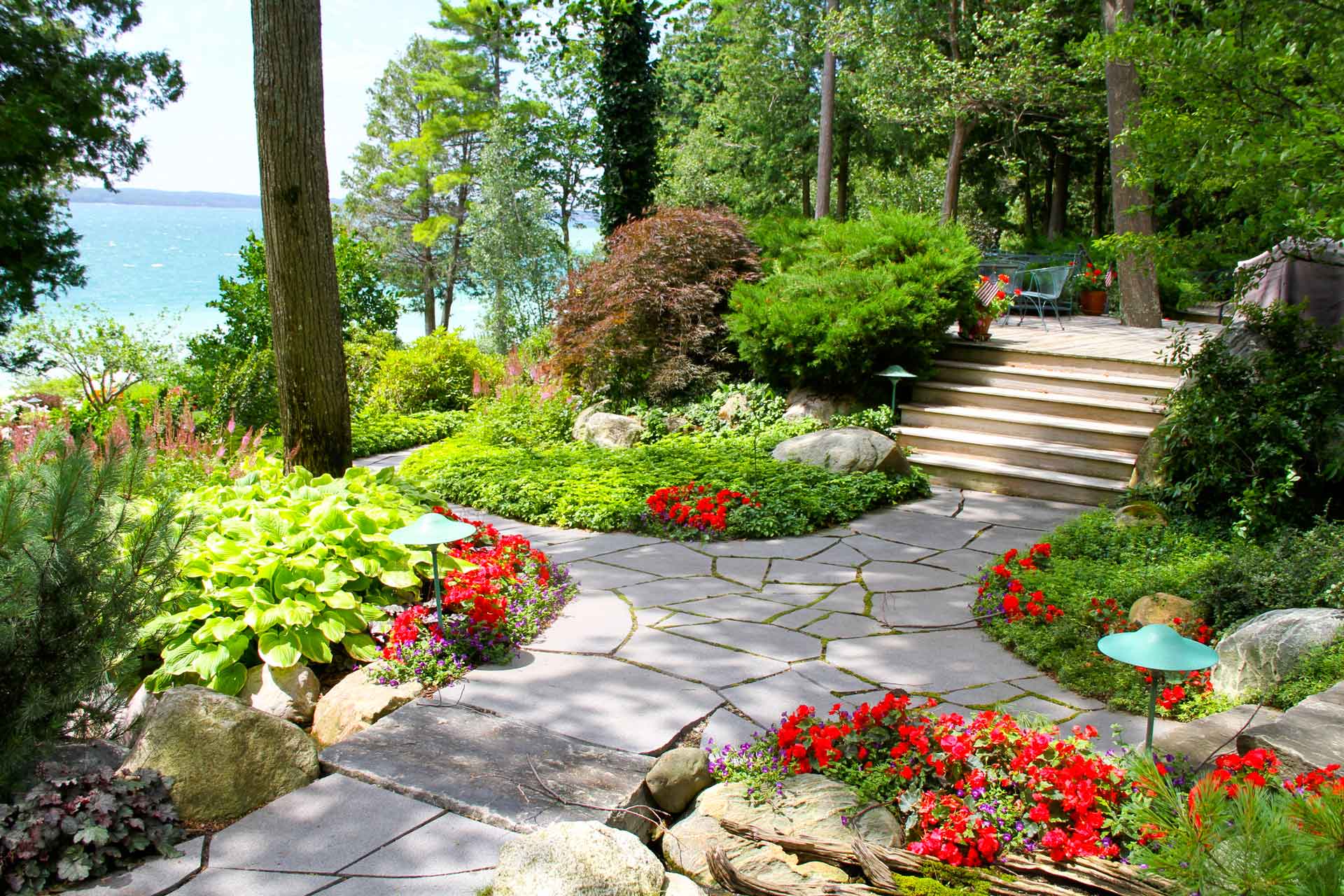
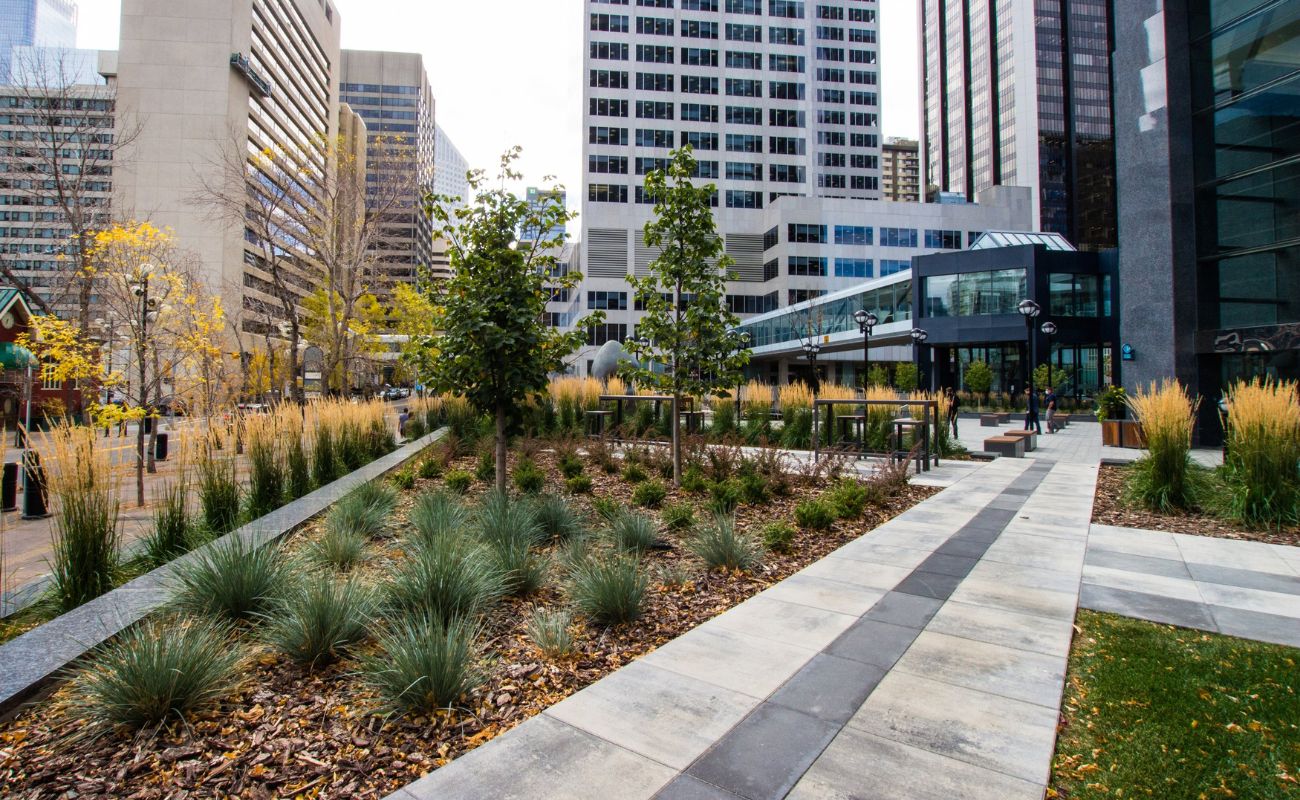
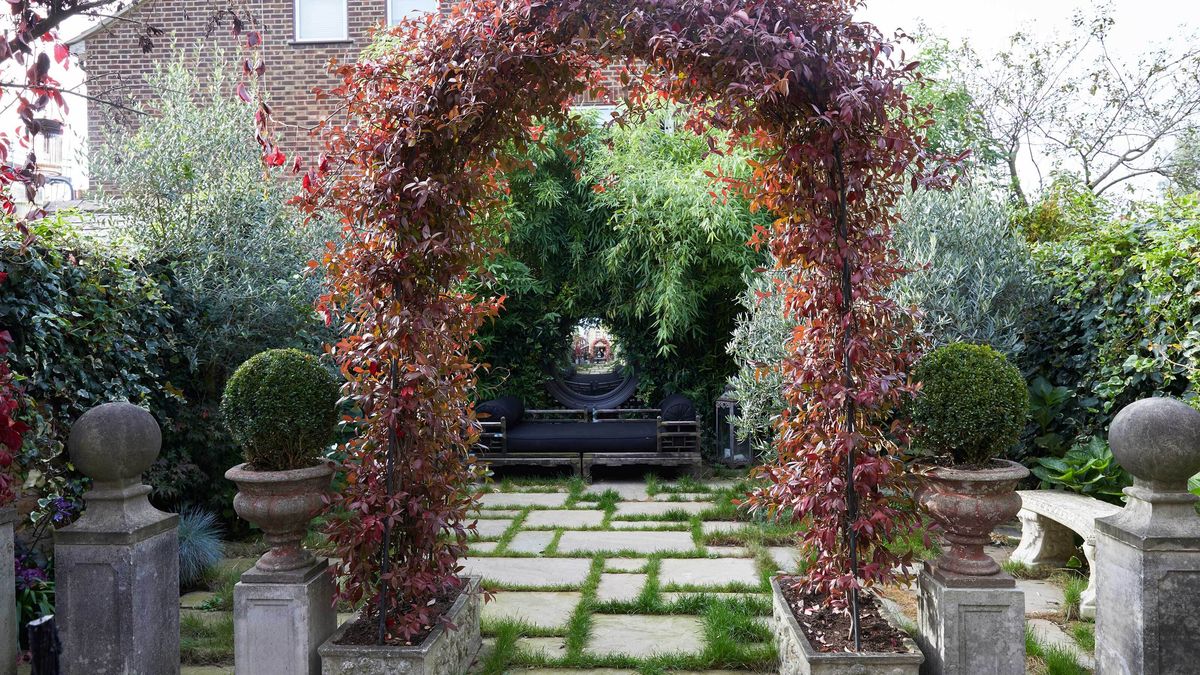


0 thoughts on “What Is Light In Landscape Design”